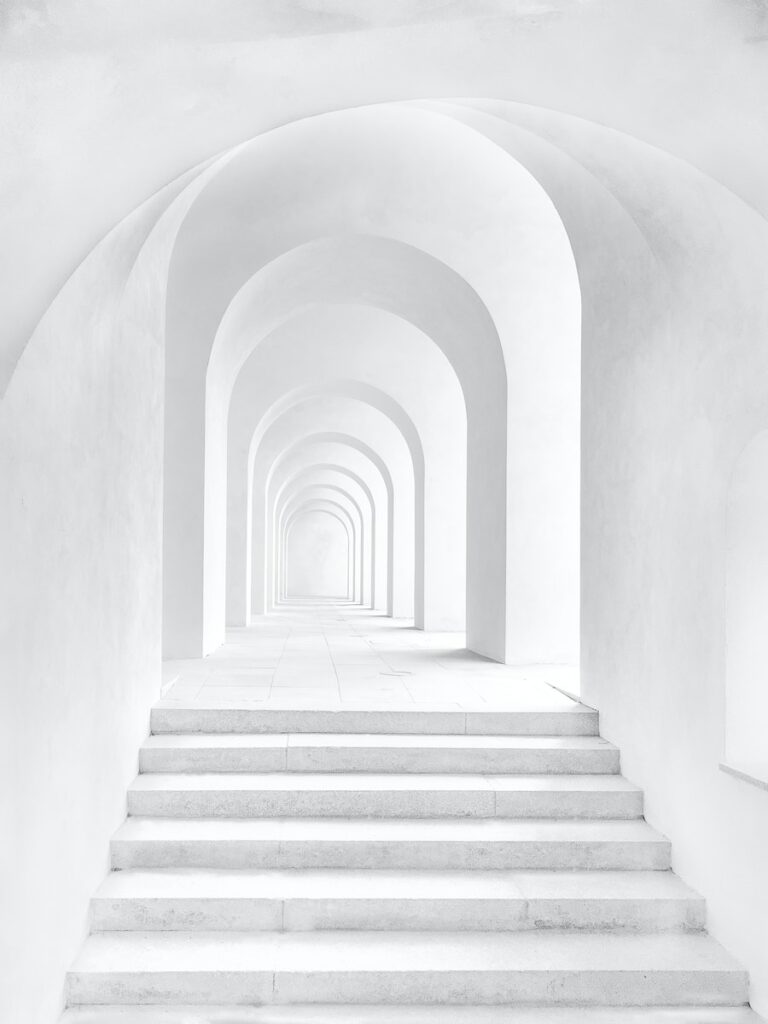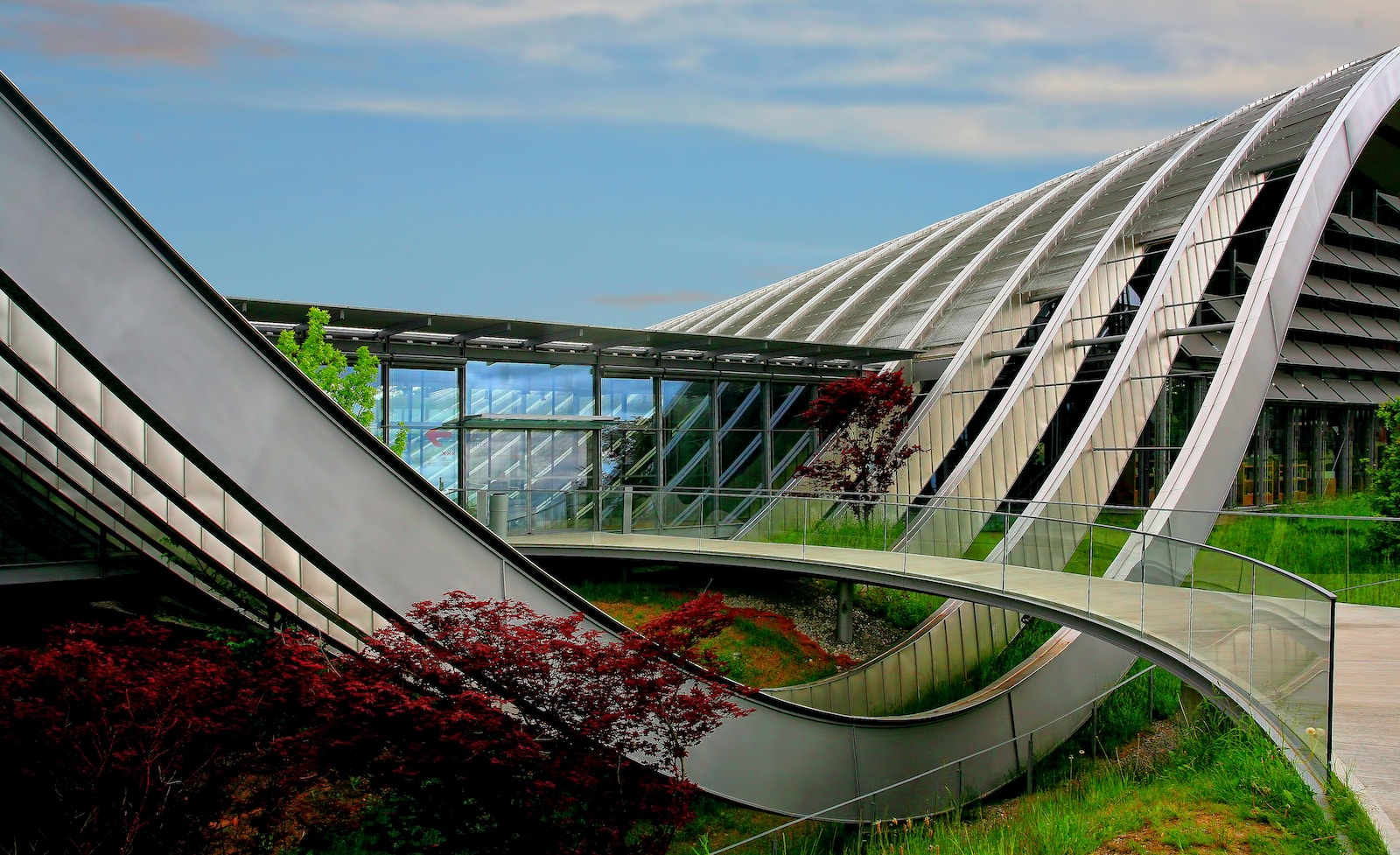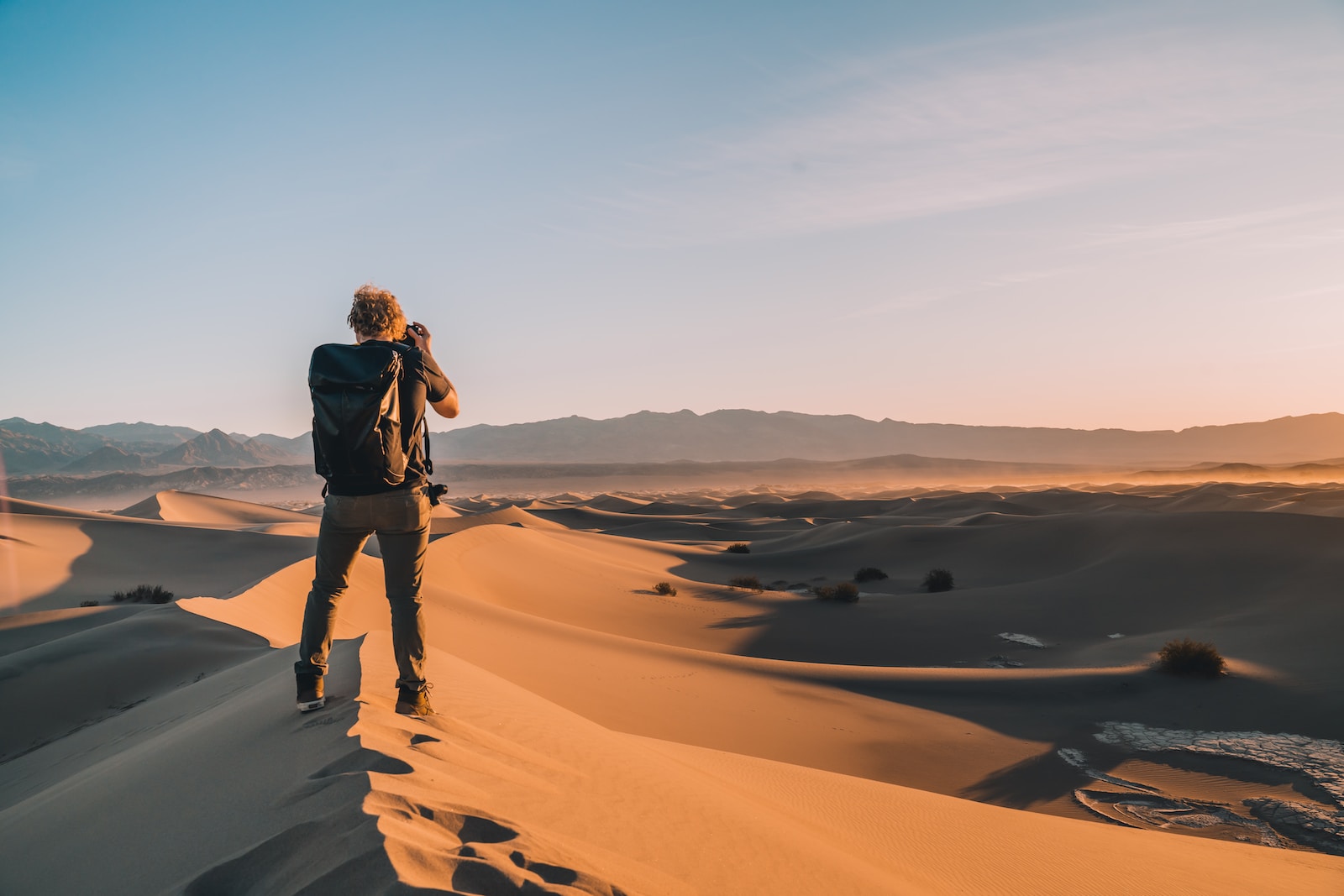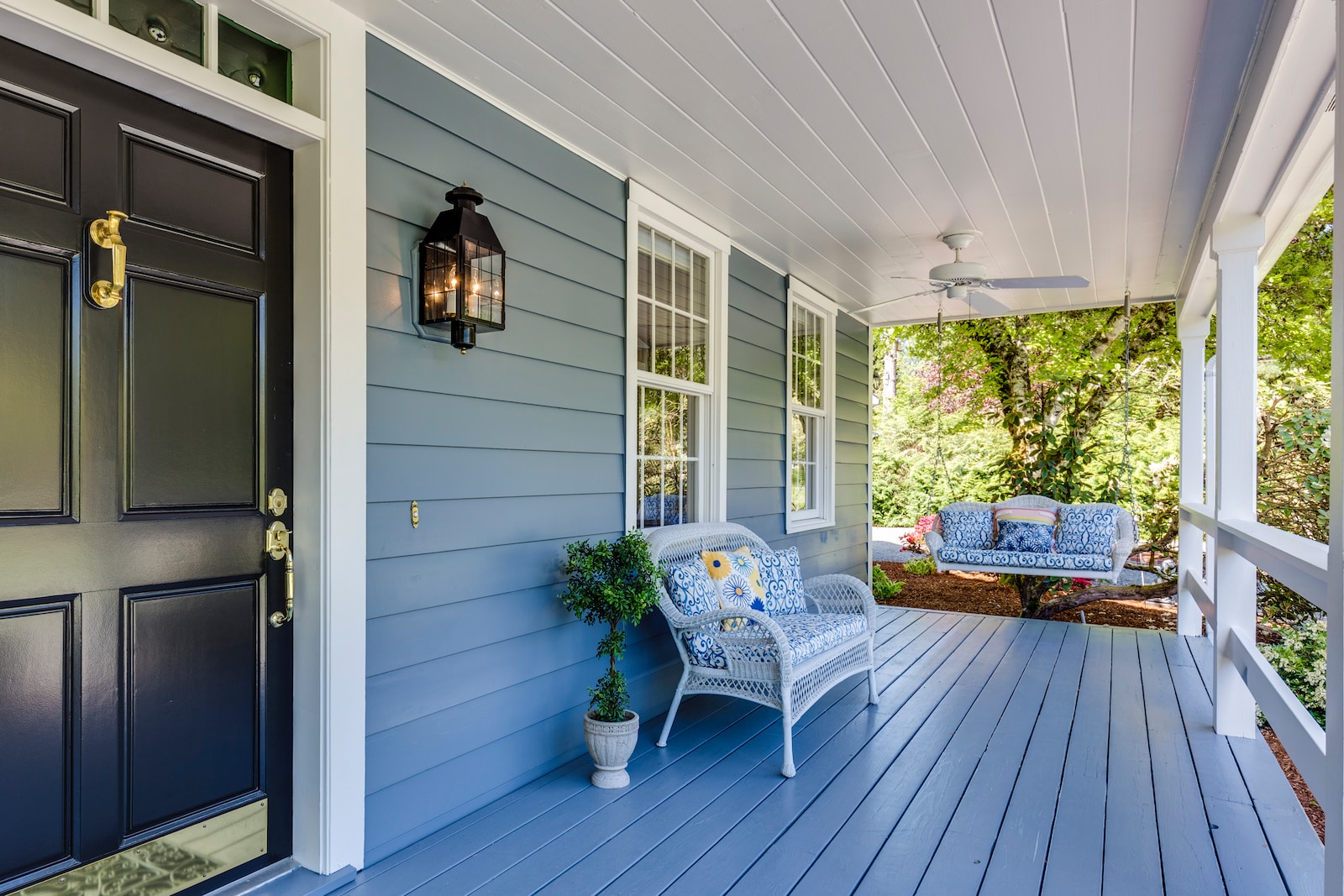Welcome to Angles and Edges: The Architecture Photography Manual, where we uncover the secrets to capturing stunning photos of architectural marvels. Whether you’re an amateur enthusiast or a seasoned pro, this blog is your ultimate guide to mastering the art of architectural photography. From iconic landmarks to hidden gems, we explore the breathtaking structures that define our world. Get ready to learn new techniques, discover unique angles, and unleash your creativity as we dive into the fascinating world of architecture and photography.
Table of Contents
- Exploring the Beauty of Architectural Photography
- Choosing the Right Camera
- Best Time of Year and Vantage Points
- Frequently Asked Questions
- 1. How do I choose the right camera for architectural photography?
- 2. What are the essential lenses for architectural photography?
- 3. How can I find unique and interesting angles for my architectural shots?
- 4. What time of day is best for architectural photography?
- 5. How can I edit my architectural photos to enhance their impact?
- 6. Are there any legal considerations when photographing architectural landmarks?
- Wrap Up
Exploring the Beauty of Architectural Photography
Architecture is a world of angles and edges, where every building tells a unique story. As a photographer, capturing these stories and bringing them to life through stunning photographs is both a challenge and a rewarding experience. In this section, we will dive into the art of architectural photography, exploring the main subjects to be photographed, and discovering techniques to make your shots stand out.
Captivating Facades and Monumental Structures
One of the most captivating aspects of architectural photography is capturing the grandeur of facades and monumental structures. Whether it’s the intricate details of a historical building or the sleek lines of a modern skyscraper, these subjects provide endless opportunities to create visually striking images.
When photographing facades, pay attention to the play of light and shadows. Experiment with shooting at different times of the day to capture unique lighting conditions that can enhance the texture and depth of the building’s surface. Utilize wide-angle lenses to emphasize the scale and grandeur of the structure, while also showcasing the surrounding environment.
Another effective technique is to incorporate leading lines into your composition. Look for architectural elements such as columns, arches, or staircases that can guide the viewer’s eyes into the frame, adding depth and visual interest to your photographs.
Exploring Interior Spaces and Details
Architectural photography isn’t limited to capturing exteriors. The interiors of buildings also offer endless possibilities to create breathtaking images. From the ornate details of a cathedral to the minimalistic elegance of a contemporary design, interior spaces hold their own charm and story.
When photographing interiors, pay attention to the composition and framing. Look for unique perspectives that highlight the symmetry, patterns, and lines within the space. Consider using a tripod to ensure sharpness and stability, especially in low-light environments where longer exposures may be necessary.
Additionally, focus on capturing the details that make each space special. These could be intricate artworks, architectural elements, or even the play of natural light filtering through windows. Don’t be afraid to get close and experiment with different angles to showcase the smaller, often unnoticed, features that add character to the overall design.
Did you know that the word "photography" originates from Greek words meaning "writing with light"?
Choosing the Right Camera
When it comes to architectural photography, having the right camera is crucial in capturing the intricate details and stunning perspectives of buildings. Look for a camera that offers high resolution, a full-frame sensor, and manual control options. These features will ensure that you can capture every angle and edge with precision and clarity.
One option to consider is a mirrorless camera. These cameras are lightweight and often have a smaller form factor, making them easier to handle when shooting in various locations. Additionally, they offer advanced autofocus systems and the ability to use interchangeable lenses.
Another alternative is a digital SLR (DSLR) camera. These cameras have been the industry standard for years and provide exceptional image quality. DSLRs offer a wide range of lens options and are known for their durability and reliability.
Investing in the Right Lenses
Once you have chosen your camera, it’s time to invest in lenses that will enhance your architectural photography. Here are a few options to consider:
1. Wide-angle lens: A wide-angle lens is a must-have for capturing the entirety of buildings and their surroundings. It allows you to fit more into the frame and creates a sense of grandeur. A 16-35mm lens, for example, would be ideal for capturing sweeping exterior shots.
2. Tilt-shift lens: A tilt-shift lens is specifically designed for architectural photography. It enables you to correct perspective distortion and maintain straight lines, which is particularly useful when photographing tall buildings. Consider a 24mm tilt-shift lens for precise control over perspective.
3. Prime lens: Prime lenses have a fixed focal length and are known for their exceptional image quality and wide maximum apertures. A 50mm or 35mm prime lens can be versatile for capturing detailed shots of architectural details and interiors.
Remember, the choice of lenses may vary depending on the type of architectural photography you plan to focus on. Experimenting with different lenses will allow you to discover your preferred style and capture unique angles.
Ultimately, the best camera and lenses for architectural photography will depend on your budget, preferences, and shooting style. It’s important to thoroughly research and test different options before making your final decision. The right equipment will empower you to capture stunning architectural photos that truly showcase the beauty of each structure.

Best Time of Year and Vantage Points
When it comes to architecture photography, capturing the essence of a building requires careful consideration of angles, lighting, and perspectives. To take stunning photos of architectural marvels, it is crucial to understand the best time of year to shoot and the ideal vantage points that offer the most visually captivating images. In this section, we will explore these aspects and provide you with valuable insights to elevate your photography skills.
Optimal Time of Year for Architectural Photography
The seasons play a significant role in architectural photography. Each time of year offers unique characteristics that can enhance the beauty of a structure. Here are some considerations for the different seasons:
- Spring: Spring is a wonderful time to photograph buildings, especially if they are surrounded by gardens or blossoming trees. The vibrant colors and the juxtaposition of nature against architectural elements can create visually striking compositions.
- Summer: During the summer months, longer days provide ample opportunities for capturing architectural details in natural light. The clear blue skies complement the sleek lines and textures of modern buildings, while the warm sunlight adds depth and dimension to historic structures.
- Fall: The autumn season offers a perfect backdrop for architectural photography. The rich, warm hues of changing leaves create a captivating contrast against the cold, hard lines of the buildings. This time of year also brings unique lighting conditions, such as golden hour, which can give your photographs a captivating glow.
- Winter: Despite the challenges of cold weather, winter photography can result in breathtaking images. The sparse foliage allows for a clear view of the architecture, and snow-covered landscapes add a sense of tranquility and purity to the composition.
Choosing Vantage Points
When photographing architecture, selecting the right vantage point is crucial for capturing the essence, grandeur, and unique features of a building. Here are some vantage points to consider:
- Ground Level: Shooting from ground level can showcase the intricate architectural details of the facade or capture the building’s interaction with its surroundings. By positioning yourself at eye level, you can emphasize the building’s scale and create a sense of connection between the viewer and the structure.
- Elevated Viewpoints: Finding vantage points that elevate your perspective, such as nearby hillsides, rooftops, or even higher floors of adjacent buildings, can offer a fresh and unique way to capture architecture. This perspective allows you to emphasize the building’s footprint, shape, and relationship with the surrounding environment.
- Interior Views: Exploring the interior of a building can provide a new dimension to your architectural photography. Look for captivating spaces, unique details, or interesting light patterns that highlight the building’s design and function.
- Unconventional Angles: Sometimes, the most interesting architectural photographs are taken from unconventional angles. Experiment with low angles, high angles, and swooping perspectives to create visually dynamic images that challenge the viewer’s perception of the building.
Remember, the best vantage point and time of year to photograph a particular architectural marvel will depend on the building itself, its surroundings, and the narrative you want to convey through your images. By exploring different options and experimenting with angles, light, and perspectives, you can capture stunning architectural photographs that evoke emotion, tell stories, and showcase the beauty of these remarkable structures.
One helpful photography tip for architectural photography is to experiment with different camera angles and perspectives. Don't be afraid to get low to the ground or climb higher to capture unique and dynamic shots. By exploring different angles and edges, you can create visually striking compositions that highlight the grandeur and beauty of architectural marvels.
Frequently Asked Questions
1. How do I choose the right camera for architectural photography?
When selecting a camera for architectural photography, consider factors such as resolution, dynamic range, lens compatibility, and ease of use. Look for a camera with a high megapixel count and a wide ISO range for capturing details in different lighting conditions. Also, make sure the camera supports tilt-shift lenses, which are essential for correcting perspective distortion.
2. What are the essential lenses for architectural photography?
The two must-have lenses for architectural photography are the wide-angle lens and the tilt-shift lens. A wide-angle lens allows you to capture the grandeur and scale of buildings, while a tilt-shift lens helps eliminate converging vertical lines and achieve accurate perspective control.
3. How can I find unique and interesting angles for my architectural shots?
Exploring different perspectives is key to capturing captivating architectural photos. Look for vantage points that offer a fresh viewpoint, such as rooftops, balconies, or nearby buildings. Experiment with shooting from low angles to highlight leading lines and unique geometries. Don’t be afraid to move around and try various angles until you find the one that stands out.
4. What time of day is best for architectural photography?
The golden hours, which occur shortly after sunrise and before sunset, provide the most magical light for architectural photography. The warm, soft light during these times enhances the textures and details of the buildings, casting beautiful shadows and creating a captivating atmosphere. However, depending on the architectural style and location, different times of the day may also yield stunning results. Experiment with different lighting conditions to find what works best for your subject.
5. How can I edit my architectural photos to enhance their impact?
Post-processing plays a crucial role in enhancing the beauty of architectural photos. Use software like Adobe Lightroom or Capture One to adjust the exposure, contrast, and color balance. Straighten horizons and correct perspective distortions using the transform tools. Pay attention to details by sharpening the image and removing any distracting elements. Remember to stay true to the scene and avoid overediting.
6. Are there any legal considerations when photographing architectural landmarks?
Yes, there can be legal restrictions when photographing certain architectural landmarks, especially if they are privately owned or copyrighted. It is important to research and familiarize yourself with the laws and regulations in your specific location. In some cases, you may need to obtain permits or seek permission from the property owners before photographing certain buildings.
Wrap Up
Now that you have learned the essential techniques for capturing stunning architecture photographs, it’s time to put your newfound knowledge into practice. Remember to experiment with various angles, compositions, and lighting to showcase the unique beauty of each architectural marvel.
Don’t be afraid to explore different locations and styles of architecture, as each offers a fresh perspective and endless opportunities for creativity. With the right camera and some patience, you’ll be able to capture breathtaking shots that truly represent the magnificence of architectural design.
I hope this guide has inspired you to venture into the world of architecture photography. If you have any questions, tips, or success stories to share, feel free to leave a comment below. Let’s continue the conversation and inspire each other in our photographic journeys!
Happy shooting!



